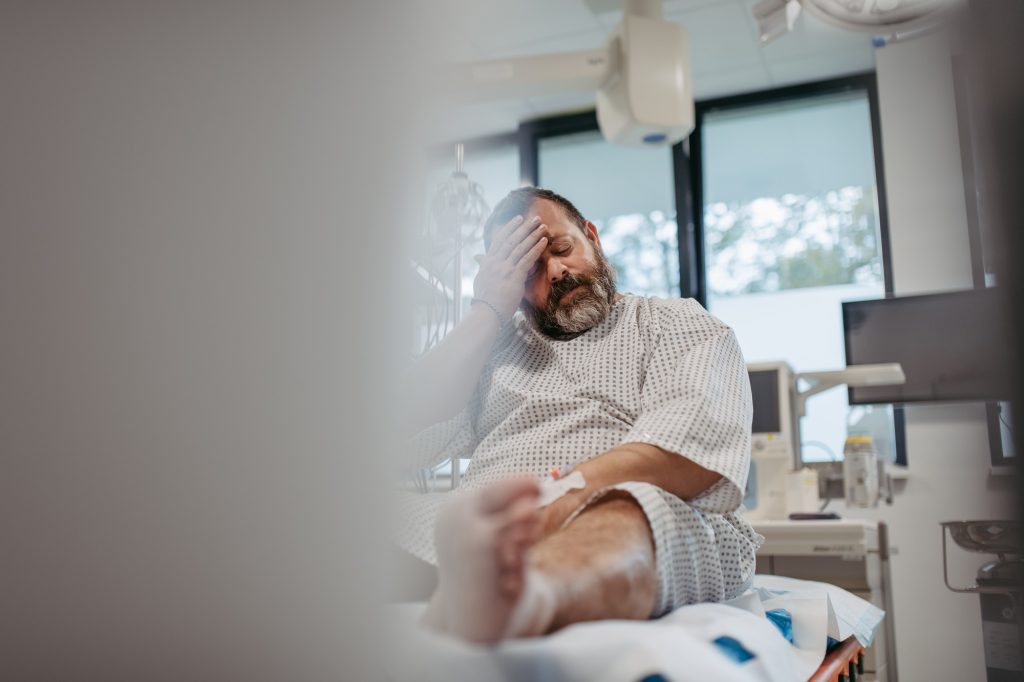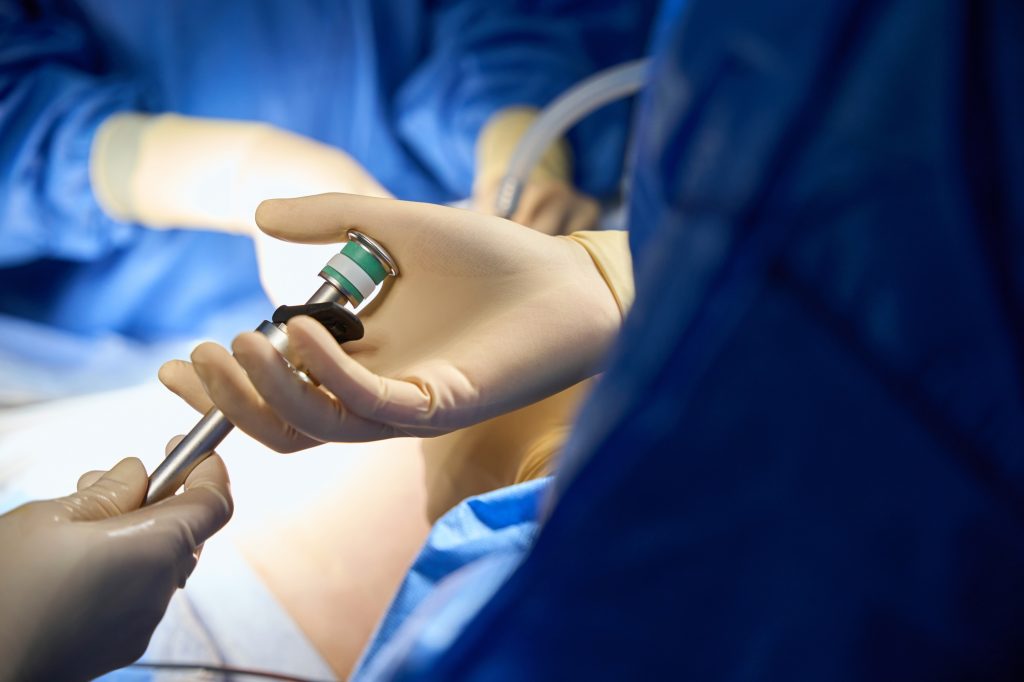Symptoms and Warning Signs
Anal and Rectal Polyps
The symptoms of polyps are not always obvious. However, it is important to be alert to the following signs:
- Rectal bleeding: although not always serious, any bleeding should be evaluated by a specialist.
- Difficulty with bowel movements: there may be a feeling of discomfort or incomplete evacuation due to the presence of polyps.
- Changes in bowel habits: if you experience a sudden change in your bowel habits, such as chronic diarrhea or constipation, it is important to get a check-up.
Anal Condylomas
Regarding condylomas, the most common symptoms include:
- Visible lesions in the anal area: usually, small warts that grow in clusters or individually can be seen.
- Feeling of lumps: to the touch, you may notice small lumps in the affected area.
- Pain and itching: especially during bowel movements, condylomas can cause significant discomfort.
In both cases, it is essential to have a preventive check-up if you experience any symptoms.

Causes and Risk Factors
Risk Factors for Anal and Rectal Polyps
- Age: the likelihood of developing polyps increases with age, especially after 50 years.
- Family history: if you have a family history of polyps or colorectal cancer, your risk is higher.
- Inflammatory bowel diseases: conditions like ulcerative colitis or Crohn’s disease increase the risk of developing polyps.
- Unhealthy lifestyle: a diet high in fats and low in fiber, a sedentary lifestyle, and consumption of alcohol and tobacco can increase the risk of developing polyps.
Risk Factors for Anal Condylomas
- HPV infection: this is the main risk factor, as HPV is primarily transmitted through sexual contact.
- Compromised immune system: people with weakened immune systems (for example, those with HIV) have a higher risk of developing condylomas.
- Smoking: smoking can weaken the immune system and facilitate the persistence of HPV.
Diagnosis of Polyps and Condylomas in Moncloa-Aravaca
At Centro Pad, we use advanced technologies for the accurate diagnosis of these conditions. Common tests include:
- Anoscopy and rectoscopy: simple procedures that allow us to visualize the anal and rectal area to detect polyps or condylomas.
- Colonoscopy: when the presence of polyps in the colon is suspected, a colonoscopy is performed to examine the large intestine and take tissue samples if necessary.
- Biopsy: done if polyps show suspicious characteristics to confirm if they are malignant.
- PCR for HPV: in the case of condylomas, we can perform a PCR test to confirm the presence of HPV and the strain type.
Early diagnosis is essential to avoid complications and to carry out timely treatment.



